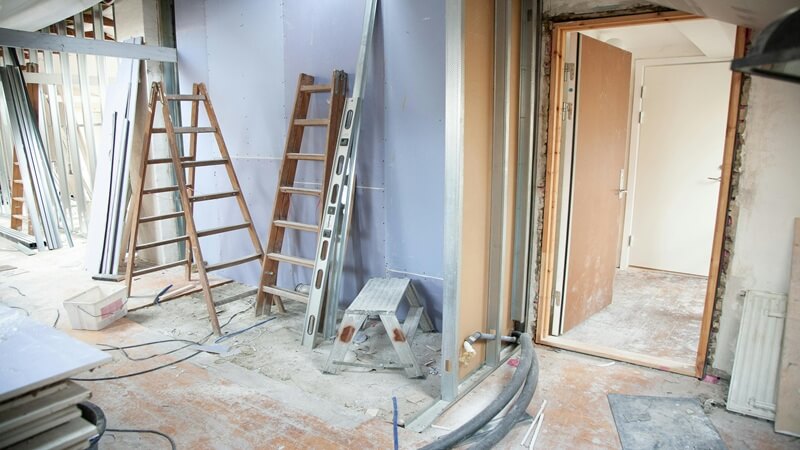Ever tried fixing something around the house only to end up staring at a half-disassembled mess, wondering where it all went sideways? If you live in Texas, chances are you’ve been there—sweating through a repair in the middle of August, tools scattered across the driveway, and the realization setting in that this was supposed to be “quick.” Many homeowners here jump into basic fixes thinking it’s all straightforward—tighten a screw, patch a hole, replace a screen—but miss the small, often invisible details that end up creating bigger problems. In this blog, we will share what people tend to overlook during the simplest home repairs and why it matters more than most think.
Tools Don’t Think For You
Grabbing a drill doesn’t make you a carpenter any more than owning a wrench makes you a plumber. Yet, many dive into repairs with borrowed confidence, watching two-minute tutorials and assuming the rest will fall into place. It rarely does.
Homeowners often forget to check if they have the right type of tool—not just “a screwdriver,” but the right size, head type, or torque setting. A stripped screw or cracked panel is usually a sign of the wrong tool, not just clumsy hands. And it’s not just tools. Materials matter too. Replacing wood trim with mismatched lumber from the clearance bin might seem frugal, but it warps in humidity, shows seams, and ages faster than it should.
This haphazard approach often leads to recurring issues. Case in point: window and door screens. Many attempt DIY screen replacements with cheap kits, unaware that alignment and fit have to be precise. Gaps don’t just look bad—they let in bugs and moisture and wear down the frame. That’s why more homeowners now opt for professional screen repair and installation services. Screenmobile repair services in Dallas, TX, for example, have become a reliable go-to because they actually measure, cut, and install screens that fit right the first time—without leaving frayed edges or loose corners. It’s a quiet shift, but one that reflects a broader trend: people are finally realizing not all repairs should be tackled with YouTube and duct tape.
What the Eye Misses, the Wallet Feels
A dripping faucet is easy to spot. A slow leak inside the wall? Not so much. The trouble with many basic repairs is that homeowners focus on the symptom, not the root. Patching a drywall crack without checking for foundation shifts is like repainting a rusted car door. It might look better for a week, but the issue keeps growing underneath.
Electrical fixes are another trap. Swapping out a light switch seems basic—until you forget to shut off the breaker or notice later that half the room doesn’t power on anymore. Codes change, wires degrade, and assumptions get expensive. Worse, small missteps here aren’t just inconvenient—they’re dangerous. Fire departments nationwide still report that DIY electrical work remains a top cause of house fires, especially in older homes where the wiring is already dated.
Even exterior repairs hide these traps. People patch a roof leak with a sealant from the hardware store but don’t bother checking if the underlayment is shot or if there’s hidden rot in the trusses. A few months later, after another rainstorm, that same spot becomes the starting point for mold or worse.
There’s a false sense of control when you do repairs yourself. You see the problem, you “fix” it, and it feels done. But homes aren’t static. Moisture, heat, and movement continue working on every surface long after you walk away. If you don’t understand what caused the problem, you probably haven’t solved it.
Why Precision Wins Every Time
There’s nothing wrong with wanting to take care of your own space. The pride in fixing something yourself is real. But most people overestimate their skill and underestimate the importance of planning. Precision isn’t just for pros. It’s for anyone who wants their fix to last. That means knowing the material you’re working with, understanding the conditions that affect it, and learning when a repair is just a surface fix masking a deeper issue. It also means taking time to check, re-check, and—if necessary—step back and get help.
There’s a reason professional repair services exist. It’s not just about profit or convenience. It’s about doing the job correctly the first time, so you’re not revisiting the same problem every season. Whether it’s fixing a warped door frame or replacing an insect-torn screen, the value lies in accuracy. What seems minor now grows costly when ignored or done sloppily. In a world increasingly obsessed with fast fixes and shortcuts, the real flex is doing it right. Not fast. Not flashy. Just right. That’s the kind of repair that doesn’t need a follow-up.
